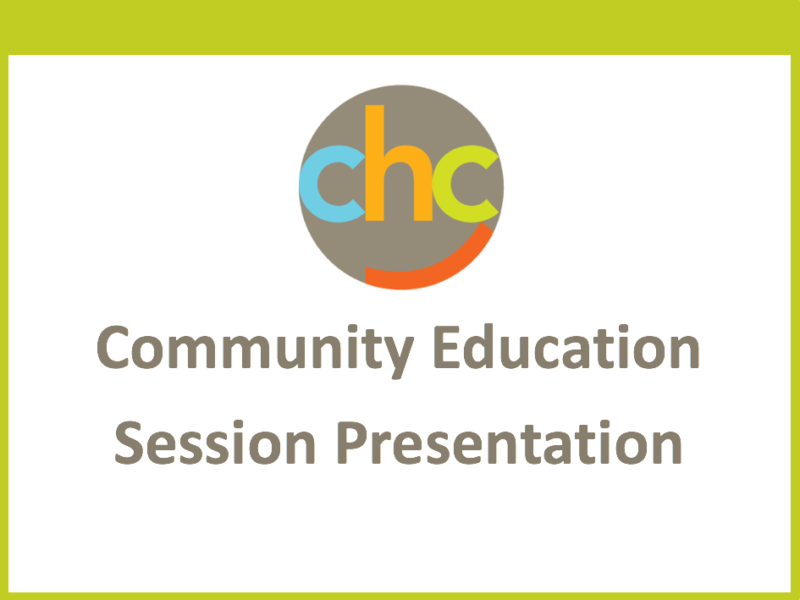
Demystifying Thought Processing [presentation]
How do processing difficulties present, and what does processing look like in a classroom? This presentation with Chris Harris, MEd, Abigail Ferguson, PsyD, and Rebecca Chambers, MEd, also addresses perception and misperception, and how to accommodate processing speed and misperception Read more >>






